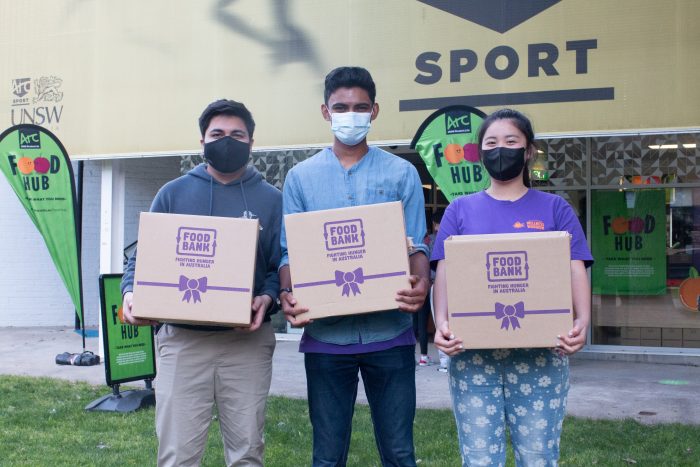Foodbank sourced record amount of food and grocery relief in 2020
4th FEBRUARY 2021: Foodbank revealed today it sourced a record amount of food and groceries in 2020 to meet the higher demand for food relief due to COVID-19.
Last year, Foodbank obtained 48.8 million kilograms of food and groceries via both donations from the food and grocery sector and the purchase of key staple items, thanks to funding from the Federal Government, corporate Australia and individuals. This record volume of food and groceries equates to 87.9 million meals – an increase of nearly 15 percent on 2019, enabling Foodbank to generate a social return on its activities worth more than $1 billion.
COVID-19 continues to have a devastating impact on many Australians, temporary residents and international students. In March 2020, when the pandemic hit, Foodbank was forced to upscale fast to meet the immediate demand for food relief. Charities reported demand for food and grocery relief increased by an average of 47% throughout the year as businesses closed and jobs were lost. The Foodbank Hunger Report 2020 released in October, revealed more than a quarter (28%) of those experiencing food insecurity due the pandemic had never faced it before.
Foodbank Australia CEO, Brianna Casey, says it has been an incredibly demanding period and the organisation could not have met the urgent need without such widespread and significant support.
“We are so grateful to our very generous donors and partners, who continue to enable us to source essential items and ensure we can quickly get them to those who need them the most. Last year saw us face one crisis after another; off the back of a persistent drought and the catastrophic Black Summer fires, we then had to reach out and ask for even more support in March when COVID-19 hit and unemployment rates skyrocketed.
“In a ‘normal’ year, Foodbank provides relief to more than 815,000 Aussies every month, but 2020 wasn’t a normal year and in the three months from April to July, Foodbank purchased more food and groceries than we had in the previous three years. Without our donors and partners, and the support of the Federal Government, we simply couldn’t have responded in the way we did.”
Foodbank provides food and groceries to over 2,400 charities and 2,500 schools. More than 40% of all food and groceries distributed by Foodbank nationally goes to regional and rural communities. The leading hunger relief organisation works with the entire Australian food and grocery sector including farmers, wholesalers, manufacturers, and retailers who donate and redirect surplus product so it can be distributed and those who need it most via Australia’s charity network.
Foodbank accepts donations of ambient, chilled, fresh food, private label products and personal and household care items. Products may be out of specification, close to expiry, deleted product, surplus to requirement or have damaged or incorrect packaging. If your organisation can help Foodbank provide food and groceries to vulnerable members in our communities, please email supplychain@foodbank.org.au
 Contact us
Contact us Log in
Log in
